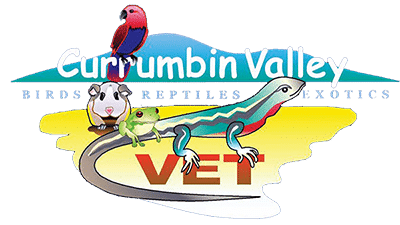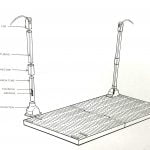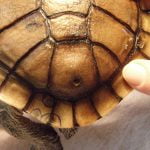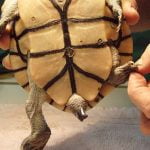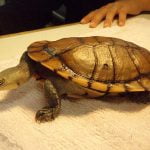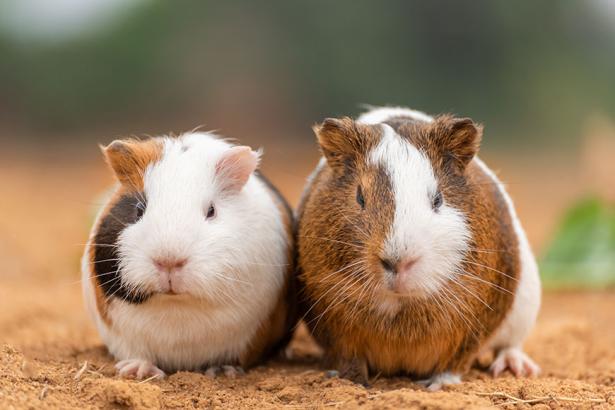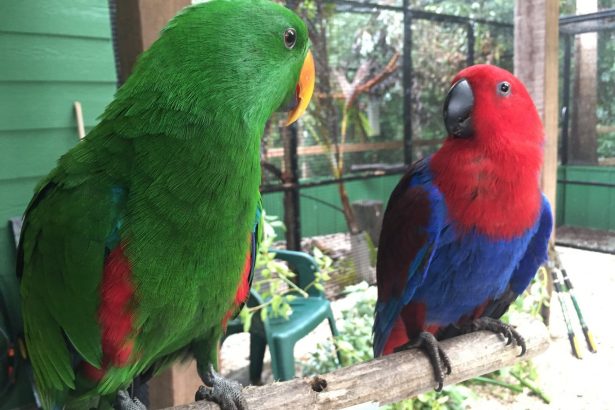TURTLE CARE SHEET
Caring for turtles as pets can be a rewarding experience, as they are fascinating creatures with unique needs. Creating a comfortable and healthy environment for your shelled companion begins with choosing an appropriate tank size, ensuring the water is kept clean through proper filtration, maintaining the ideal temperature, and providing a balanced diet. In this guide, we will delve into the essential aspects of turtle care, helping you create a thriving habitat that meets the specific requirements of your pet and promotes its longevity and well-being.
Tank Size:
The bigger the better to allow for maximum growth of your turtle so about a 4ft to 6ft tank is recommended.
Filtration:
Under gravel filters are most efficient. Provide a bigger surface area for bacterial breakdown of nitrogenous wastes, 2 – 3 inches of gravel is needed for filters to work efficiently creating an ecologically viable way of keeping the tank clean leaving you with only needing to clean gravel with a siphon/vacuum 3 – 4 times a year. Yes, it is that easy!
Temperature:
The preferred optimal temperature zone for turtles is 28 – 30 degrees. In the wild, the turtles bask on logs and rocks in the sunshine to maintain their POTZ in captivity so there is no need for basking, or “haul-out” areas if the water temperature is maintained at 28 – 30 degrees. The temperature should be maintained with a thermostatically controlled heater and checked with a digital probe thermometer at both ends of the tank. If the tank is not heated appropriately, the turtle cannot function effectively and their immune systems are weakened and become susceptible to secondary infections or even stop eating.
Diet and Feeding:
Short necked turtles are omnivorous (eat meat and plants) – Long necked turtles are carnivorous (eat meat only). Plant water weeds to provide plant material for short-neck turtles (make sure that any rubber bands holding the weed together are removed before planting in the aquarium, turtles can swallow them and become blocked up).
Turtles need to be fed a balanced diet with adequate supplies of vitamins and minerals. Wombaroo reptile supplement provides the necessary vitamin and mineral requirements. The basis of your turtle diet should be a Wombaroo/meat mix. We recommend Beef heart as its a good quality lean meat. Meats to stay away from are Human grade commercial mince as it is too fatty for turtles. Buy a beef heart, trim off any excess fat and mince it in a hand mincer, mix 2 cups of minced beef heart to 1 cup of Wombaroo reptile supplement. (Two thirds minced heart to one third wombaroo mix) Roll the finished mix into a “sausages” and put into sandwich bags and freeze. The frozen “sausages” can be cut with garden secateurs and should be used within 6 months.
To maintain a balanced diet, turtles should be fed “whole” food items eg; Feeder fish, crayfish and prawns. Whole food items provide calcium and vitamins in the form of bones, exoskeleton, organs and abdomen contents. Never place all of the live food in the turtle enclosure at the same time as the animal will gorge itself and have a great time. Keep live food in a separate aerated container and feed the wombaroo meat mix to provide healthy prey for your turtle.
Size of meal and frequency of feeding:
Turtles should be fed a meal equivalent to the size of their head. Young, growing turtles should be fed daily – as they begin to reach half-grown to full size – they can be cut back to feeding every second to third day.
Growth rates:
In the first and second years, they should grow from 50 cent piece size to palm size – in the second to third year they should grow from palm size to hand span size – in the third to fourth year they should be reaching full “dinner-plate” size. As they reach “hand-span” size feed them every second to third day – keep regular records of your turtle’s growth – each month record the weight and head to tail shell length – if the turtle is increasing in weight but not increasing in length, it will be getting fat – you need to cut back on feeding. If it neither the weight or shell length is increasing, the turtle is stunted and needs to be fed more. Once the turtle reaches its full size the weight should remain stable – a healthy turtle’s “armpits” should never be fatty or puffy.
By providing the right turtle care, you can ensure that your pet remains happy and healthy in its aquatic home. Proper tank setup, filtration, temperature control, and diet are all key components of creating a thriving environment for your turtle to grow and thrive.
FAQs
Turtles produce a lot of waste, so an efficient filtration system is essential to maintain water quality. An under gravel filter is recommended for turtle tanks, with 2 – 3 inches of gravel on top. This creates a large enough biological surface area for efficient bacterial breakdown of nitrogenous wastes and you will only need to clean the gravel 3 – 4 times a year.
The water temperature should be maintained within a species-specific range, typically between 28°C to 30°C for most common pet turtles. A submersible water heater and a digital thermometer can help you maintain the appropriate temperature. Additionally, turtles need a basking area with a heat lamp to regulate their body temperature and promote proper digestion. If the turtle is not warm enough it can end up with a weakened immune system, making it susceptible to infections and you will have to search for a veterinarian near me. Exotic pets always have unique requirements so be sure to consult with a turtle vet.
A turtle’s diet depends on its species and age. Some turtles are omnivores and require a mix of plant-based and animal-based foods, while others are carnivores and require a meat-only diet. Provide a balanced diet that includes a reptile supplement to provide the required vitamins and minerals. Be sure to research the specific dietary needs of your turtle’s species to ensure optimal health, and search for an exotic vet near me to find a suitably experienced vet who can give you further advice.
Regular tank maintenance is crucial for your turtle’s health. Perform partial water changes (25-30%) weekly and do a thorough cleaning of the tank at least once a month. This will help prevent the buildup of waste and harmful bacteria, ensuring a clean and healthy environment for your turtle.
